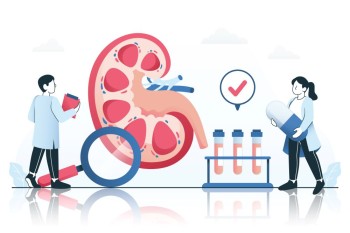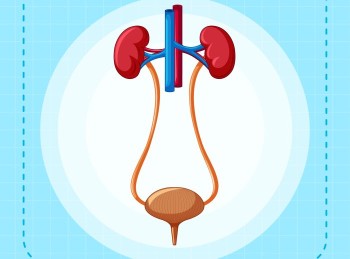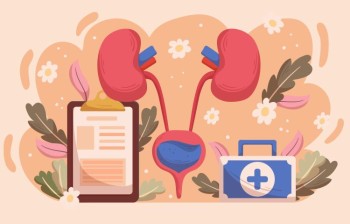
₹7,400
₹8,000
A urodynamic study is a set of tests that assess how well the urinary system is storing and releasing urine.
Category:
Urodynamic Test


